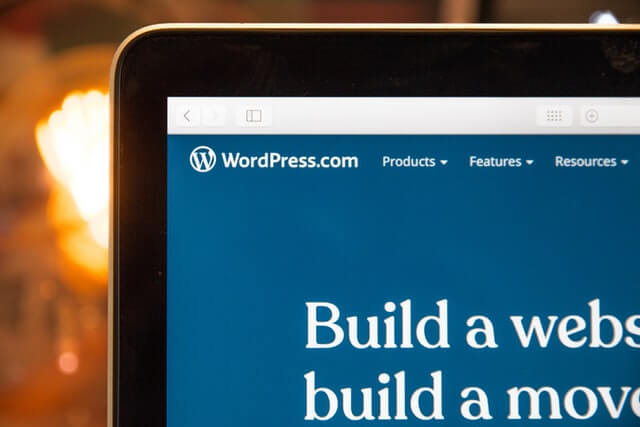July’s news that thousands of websites were put at risk following a vulnerability in an essential WordPress plugin has left many users worried about their site security. The vulnerability was discovered by staff at Wordfence, and enabled hackers to upload files to targeted sites. No matter what your site’s purpose is, knowing how you can ensure the security of your WordPress site is essential.

Here are four key areas to pay attention to in order to ensure the safety of your site.
Install a WordPress Security Plugin
Cybercrime often occurs because a hacker is able to exploit a vulnerability that could have been prevented, allowing them to steal sensitive data or upload malware. This was the issue with the WordPress plugin earlier this year, and it can cost businesses and individuals thousands.
One thing you can do to improve the security of your site and reduce the risk of a malicious actor uploading unsolicited content is to ensure you have a WordPress security plugin installed. Recognizing malware is difficult unless you’re extremely familiar with coding, and there are security plugins developed to recognize these threats for you.
Sucuri.net is often recommended for improving WordPress security. It will monitor file integrity, scan for remote malware, and provide post-hack security measures and notifications.

Avoid Nulled Themes
WordPress premium themes are designed to pass stringent WordPress tests. There are distinct advantages to them beyond security: they are highly customizable and often look more professional, but they can be costly. Nonetheless, this is a price worth paying. Using a premium theme guarantees you full support, and you will be eligible for all theme updates.
Some sites do provide nulled themes, which can be tempting as they’re usually cheaper and look like the premium themes. There’s a reason for that: they’re hacked versions of the WordPress originals, and using them therefore puts your site in jeopardy. These themes are often riddled with malicious codes, and these can affect your site and credibility as a WordPress user.
To ensure full security on your WordPress site, always use a genuine WordPress theme.
Disable File-Editing Option
When you first set up your site, there is a feature in the dashboard that allows you to edit your theme. This can be accessed under ‘Appearance>Editor’. A similar code editor allows you to edit your plugin (accessed under ‘Plugins>Editor’). It is best to disable this feature as soon as your site is live: leaving it enabled allows hackers to inject malicious code to your plugin or theme if they gain access to your admin panel.
In order to disable the editing function in either area, paste the code define(‘DISALLOW_FILE_EDIT’,true); into your wp-config.php file.
Change Your Login URL
The default address for all WordPress sites is ‘yoursite.com/wp-admin’. If you leave it this way, it’s much easier for hackers to crack your login details. Users who accept subscriber registration may find they get an abundance of spam registration. Changing the admin login url will help you to avoid this.
For further protection, you can also add a two factor authentication plugin, which will require an extra tier of authentication in order to access your site.
Final Thoughts
Cybersecurity is a constant concern for anyone with their own website. In order to reduce the vulnerability of your WordPress site, ensure you have taken all the security measures available to you, and keep checking for updates.
Post contributed by: Kat Naylor
Comments are closed.